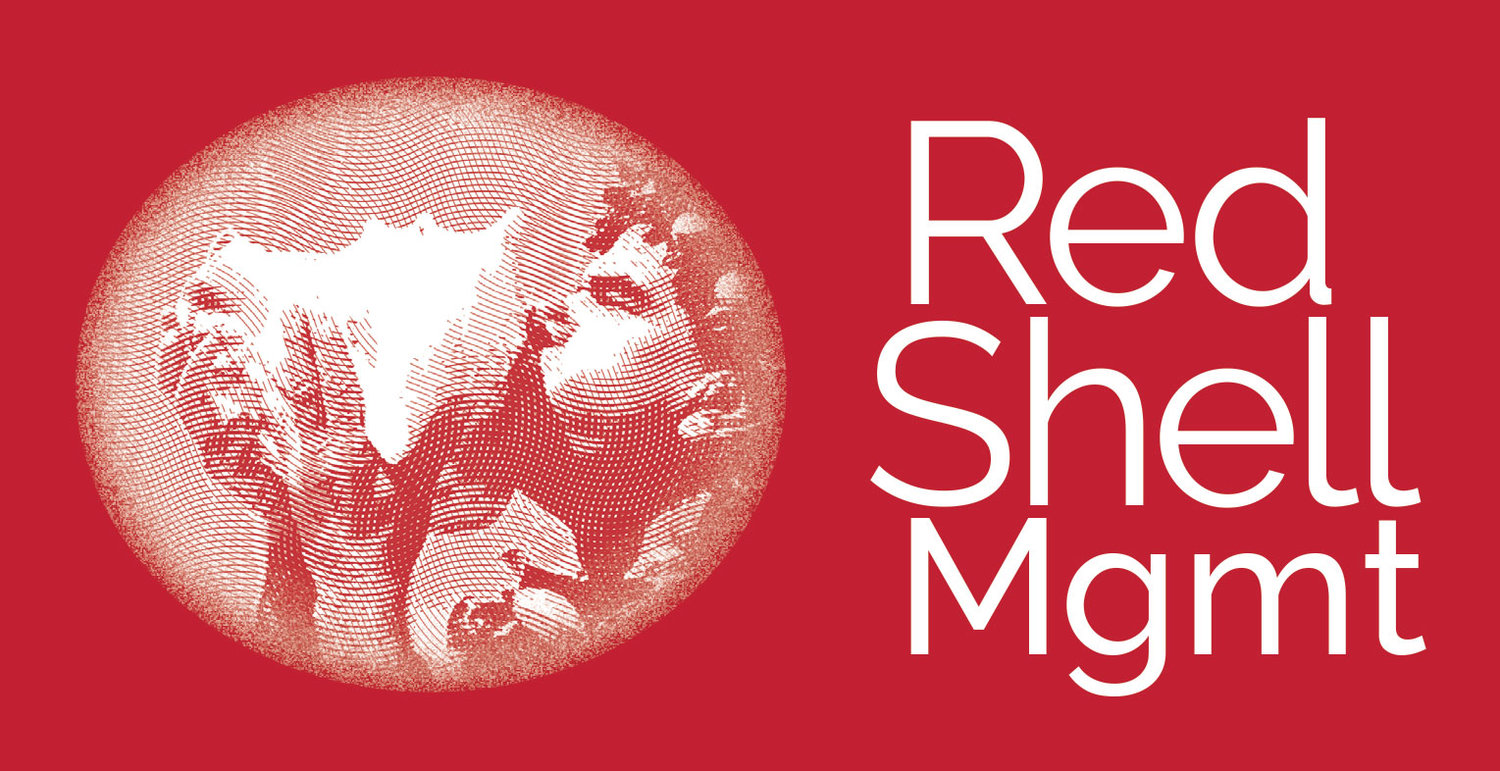Opinion by Steven Melendez
4 minute read
Updated 9:44 AM EDT, Mon October 2, 2023
Steven Melendez, second from left, is the subject of the new documentary film, "LIFT,” which chronicles his journey mentoring children enrolled in the program that changed his life.
Editor’s Note: Steven Melendez is artistic director of New York Theatre Ballet and a subject of the new documentary film “LIFT,” available on Apple and Amazon. He was born in the Bronx, New York, and has danced as a soloist with Ballet Concierto in Argentina, a principal dancer with the Vanemuine Theater Ballet Company in Estonia, and for more than 15 years with New York Theatre Ballet. The opinions expressed in this commentary are his own. Read more opinion at CNN.
CNN — Thirty years ago, I lived in a family homeless shelter in New York City, where dreams and struggles often do battle.
Steven Melendez (Rachel Neville/New York Theatre Ballet)
At that time, New York Theatre Ballet’s LIFT program, which provides scholarships, mentoring, and other resources to homeless, home-insecure and at-risk children, operated at the shelter where I was living. Through the fluke of being in an unfortunate place at the right time, my career as an international ballet dancer, choreographer and teacher was born. I am now the artistic director of New York Theatre Ballet and the subject of the new documentary film, “LIFT,” which chronicles my journey mentoring children now enrolled in the very program that changed the course of my life.
My life path has been unconventional, and my story breaks stereotypes. It underscores the importance of arts outreach programs such as LIFT in the fight against homelessness.
Concrete data is limited, but the US Department of Housing and Urban Development found that there were more than 580,000 homeless people nationwide in January. But this issue affects millions more, given that nearly one-third of all US households spent more than 30% of their income on housing in 2021, according to the Harvard Joint Center for Housing Studies’ analysis of Census Bureau data.
In recent years, New York City has reached its highest levels of homelessness since the Great Depression, with a shelter population of more than 80,000 people in June, according to the advocacy group, Coalition for the Homeless.
This is not an issue that is solely driven by immigration, or one that exclusively afflicts the mentally ill or drug addicted. None of that was true in the case of my family — my mother was a medical researcher supporting two children when we were unexpectedly evicted from our home in the Bronx.
The LIFT program did not simply introduce me to ballet; it transformed my life. Those first, tentative pliés I learned were more than ballet steps; they symbolized hope, a retreat from the stark realities of homelessness in America.
I was a child from the margins, and, through ballet, I seized an opportunity to take center stage in theaters around the world, where I carried with me the message of the power of outreach programs.
But why ballet? Why, in the face of pressing needs such as shelter, food and education, was a dance program impactful? Because through ballet, I learned discipline, resilience and creativity.
Steven Melendez working with children in a still from the new documentary, "LIFT." (New York Theatre Ballet)
The rigorous training demands unwavering commitment, punctuality and the relentless pursuit of perfection. The countless hours of practice and inevitable setbacks taught me the art of perseverance and the ability to endure, adapt and bounce back from failures. And the lifeblood of dance — creativity and expression — nurtured my imagination and my drive to communicate across languages and cultures.
These attributes serve any young adult, in the wings or in a cubicle, and they are the very definition of personal growth. Ballet training provides young people, especially those tackling life from deficit, an equal opportunity to achieve and to earn their own self-respect, and when you exist on the margins, this is all that matters. It is what I believe to be the American dream — the right to have the opportunity to achieve.
I am what happens when potential meets opportunity. There are people who understand this — Diana Byer, the founder of New York Theatre Ballet’s LIFT program; Jacques d’Amboise, the founder of the National Dance Institute network; and others. But some do not, and in the increasingly urgent national conversation around wealth inequality, homelessness and the generational impact these issues will yield, we must not overlook the profound impact of personal and social-emotional development for young people.
Talent knows no boundaries, no socioeconomic statuses — it only seeks a platform. Arts are not extracurricular activities, secondary to the pressing needs of shelter, food and education. When taught well, they are the underpinning of cognitive growth and self-esteem and the myriad benefits that come with them. Every child deserves access to the transformative power of the arts.
In the first GOP presidential debate — a measure of where perspectives stand in national conversations — the only mention of homelessness was in the same breath as drugs and crime. That is not my experience, and it is not the experience of the nearly 1,000 homeless and housing-insecure families and children across New York City that New York Theatre Ballet has worked with through our LIFT program since 1989.
In an era where stories of adversity are many, the “LIFT” documentary, filmed over a period of 10 years, stands out, not because it highlights the challenges, but because it shines a spotlight on hope, and the resilience of children for the future.



